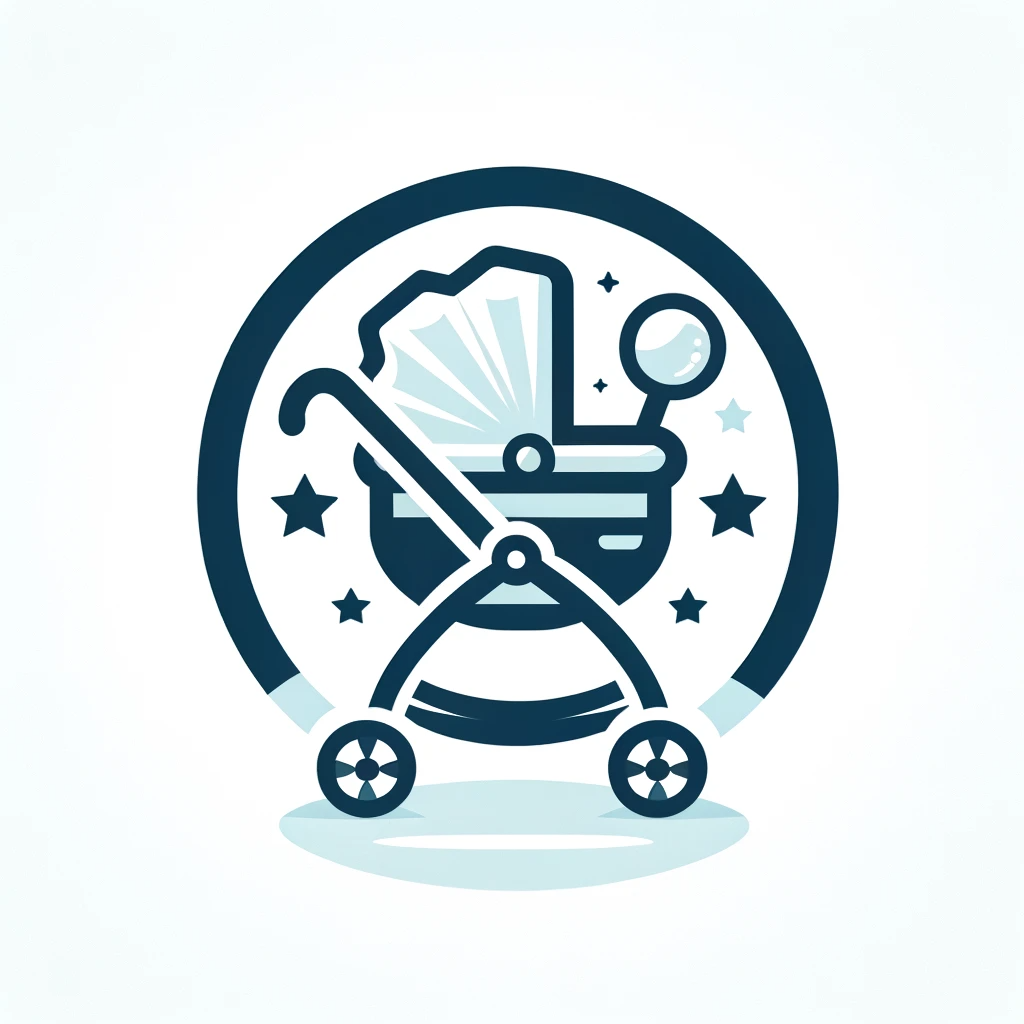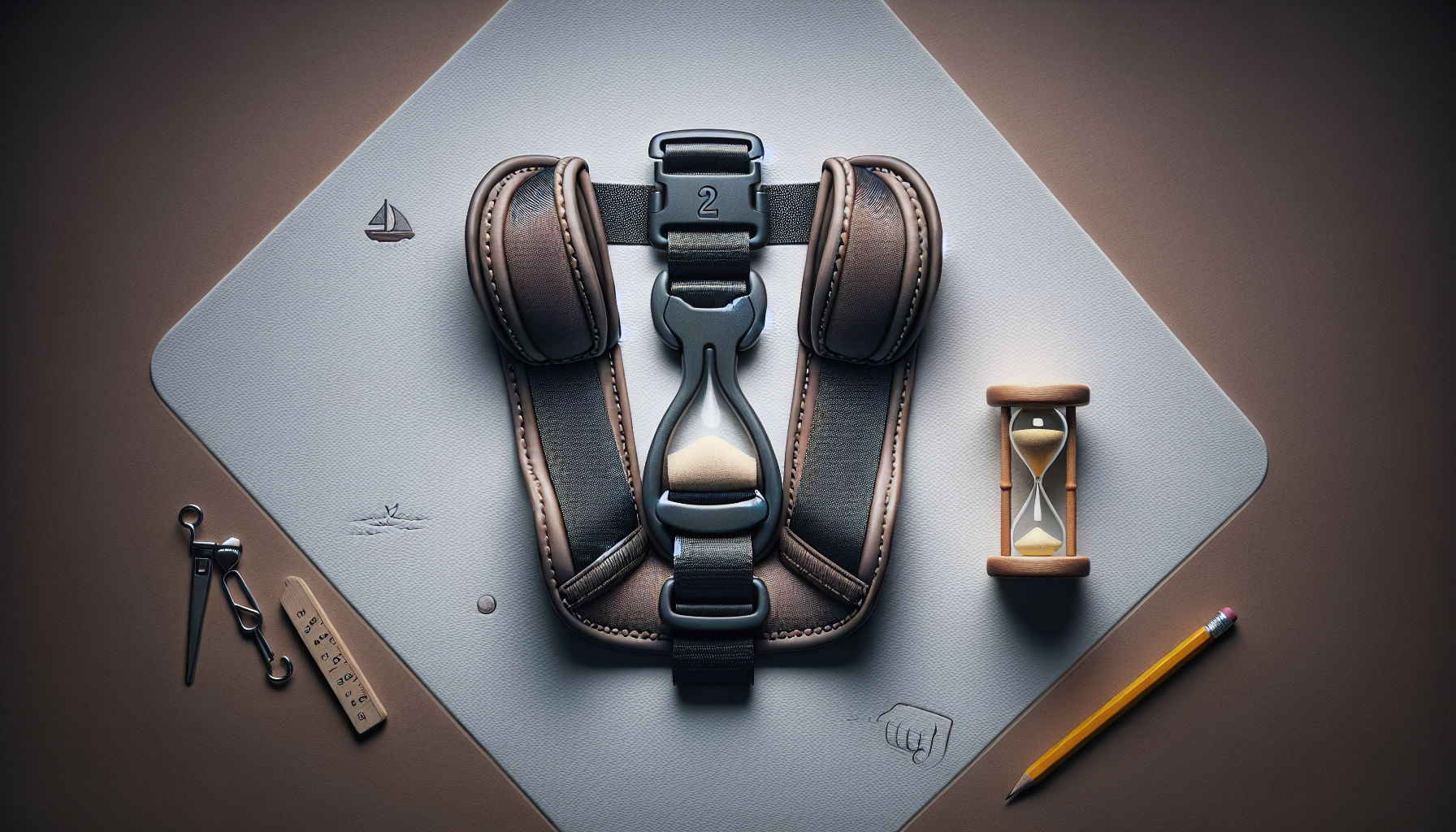Babies are a bundle of joy, but they also come with a list of precautions and safety measures. One such concern that often leaves parents puzzled is why their little ones cannot sit in car seats for more than 2 hours. We all know that car seats are essential for protecting our precious cargo, but have you ever wondered why there’s a time limit? In this article, we will explore the reasons behind this restriction and uncover the importance of ensuring your baby’s comfort and safety during extended car rides. So, buckle up and get ready for a journey of understanding as we unveil the truth behind this intriguing question.
Physiological Factors
Body Position
When babies are seated in car seats for extended periods of time, their body is placed in a fixed position, which can have negative effects on their physiology. The upright and reclined position of the seat can put strain on their developing spine and muscles. It can also restrict their natural movements, preventing them from being able to wiggle or shift their position to alleviate any discomfort.
Limited Movement
Car seats are designed to securely hold babies in place for their safety while traveling. However, this can result in limited movement for the baby while in the seat. Babies need ample opportunities to move and stretch their limbs, which is crucial for their overall muscle development. The restricted movement in car seats can hinder the growth and strengthening of their muscles, potentially causing delays in their developmental milestones.
Pressure on Muscles
The design of car seats, while necessary for safety, can put pressure on specific muscle groups. The straps and buckles can cause minor compression on the baby’s muscles, particularly around the shoulders and hips. Prolonged pressure on these areas can lead to soreness and discomfort, making the baby restless and irritable during the journey.
Pressure on Organs
The semi-reclined position of the car seat, coupled with the baby’s limited ability to shift positions, can result in increased pressure on their organs. In particular, the pressure on their abdomen can affect digestion and cause discomfort. Babies may experience issues such as acid reflux or colic symptoms due to the compressive forces on their stomach and diaphragm.
Developmental Considerations
Immature Muscles and Bones
Babies’ muscles and bones are still developing and growing rapidly during the early months and years. Their muscles may lack the strength required to maintain a seated position for an extended period. This developmental factor, combined with the prolonged immobilization in a car seat, can put unnecessary strain on their fragile musculoskeletal system.
Lack of Head Control
Newborns and young infants have limited head control, making them more susceptible to potential injuries if not properly supported. Car seats can provide the necessary head and neck support, but it is still crucial to avoid prolonged periods in the seat to prevent any strain on their developing neck muscles.
Inability to Shift Positions
Unlike adults, babies have limited mobility and are unable to independently shift positions to alleviate any discomfort or pressure points while in a car seat. This immobility places stress on their bodies and can lead to muscle stiffness and discomfort. It is essential to provide babies with opportunities for movement and repositioning to enhance their overall comfort and well-being.
Limited Neck and Core Strength
Babies’ neck and core muscles are still in the early stages of development. Extended periods in a car seat can limit the opportunities for these muscles to be engaged and strengthened. This lack of muscle development can potentially delay the baby’s ability to achieve motor milestones, such as sitting up independently and crawling.
Respiratory System
Restricted Breathing
Sitting in a car seat for a prolonged time can result in restricted breathing for babies. The semi-reclined position compresses their chest, making it harder for them to take deep breaths. This restricted breathing can lead to poor oxygen exchange, potentially affecting their overall well-being.
Increased Risk of Oxygen Desaturation
The constrained seating position, along with restricted breathing, can increase the risk of oxygen desaturation in babies. Oxygen desaturation refers to a decrease in the oxygen saturation levels in the blood. Prolonged oxygen desaturation can have negative effects on a baby’s growth and development.
Risk of Airway Obstruction
The positioning of a newborn or young infant in a car seat can predispose them to airway obstruction. The semi-reclined position can cause their head to fall forward, potentially compromising their airway. Care should be taken to ensure that the baby’s airway remains open and unobstructed throughout the journey.
Circulatory System
Decreased Blood Circulation
Extended periods in a car seat can result in decreased blood circulation for babies. The semi-reclined position can impede blood flow, particularly to the lower extremities. Insufficient blood circulation can contribute to discomfort, cold extremities, and potentially increase the risk of blood clots.
Risk of Deep Vein Thrombosis
Deep Vein Thrombosis (DVT) is a condition characterized by the formation of blood clots in the deep veins of the body, most commonly occurring in the legs. Prolonged immobility, such as sitting in a car seat for an extended time, can increase the risk of DVT in babies. It is crucial to encourage movement and circulation to minimize the risk of blood clot formation.
Pressure on Blood Vessels
The pressure of the car seat on the baby’s body, particularly the legs and buttocks, can compress the blood vessels, resulting in reduced blood flow. This compression can lead to discomfort and potential circulatory issues in the affected areas.
Sensory Stimulation
Lack of Visual Stimulation
Car seats, especially when positioned rear-facing in vehicles, limit babies’ ability to engage with their surroundings visually. Lack of visual stimulation can negatively impact their cognitive development, spatial awareness, and ability to observe and learn from their environment.
Limited Environmental Interaction
Being confined to a car seat restricts the baby’s ability to interact with their surrounding environment. Babies thrive on sensory input, such as touch, sound, and visual stimuli. Extended periods in a car seat deprive them of these opportunities for environmental exploration, potentially affecting their sensory development and overall well-being.
Potential Developmental Delays
The lack of sensory stimulation and environmental interaction experienced during extended periods in a car seats can contribute to potential developmental delays. Babies need varied and enriching experiences to support their cognitive, social, and emotional growth. Regular opportunities for interaction and exposure to the world around them are crucial for their overall development.
Discomfort and Restlessness
Soreness and Numbness
Prolonged periods of sitting in a car seat can lead to soreness and numbness in babies. The pressure exerted by the straps, buckles, and the design of the seat can cause discomfort in specific areas of their body, leaving them feeling sore and uncomfortable.
Increased Irritability
The discomfort experienced from being in a car seat for an extended time can contribute to increased irritability in babies. They may become fussy and restless, displaying signs of distress and dissatisfaction. It is essential to address their discomfort promptly to help maintain a calm and comfortable environment for the baby.
Restlessness and Fussiness
Babies have an innate desire to move and explore their environment. Sitting in a car seat for a prolonged duration restricts their ability to do so, often resulting in restlessness and fussiness. Providing opportunities for movement and regular breaks can help alleviate their restlessness and keep them content during car journeys.
Temperature Regulation
Risk of Overheating
Car seats, particularly those made of materials that retain heat, can increase the risk of overheating in babies. The semi-reclined position and limited air circulation can contribute to excessive heat buildup in the seat. It is important to monitor the baby’s body temperature and ensure the car seat is not exposed to direct sunlight or excessive heat.
Inadequate Air Circulation
To maintain a comfortable and safe environment for babies, proper air circulation is crucial. Extended periods in a car seat can impede air circulation around the baby’s body, potentially leading to discomfort and increased risk of overheating.
Limited Ability to Respond to Temperature Changes
Babies rely on external cues to regulate their body temperature. Sitting in a car seat can limit their ability to respond to temperature changes, such as variations in ambient temperature or drafts within the vehicle. It is important to ensure the car’s temperature is suitable and regularly monitor the baby’s comfort to prevent any adverse effects on their well-being.
Emotional Well-being
Lack of Social Interaction
Extended periods in a car seat can result in a lack of social interaction for babies. Social interaction plays a vital role in their emotional well-being, cognitive development, and language acquisition. Isolation from social interactions during car journeys can impact their overall emotional and social development.
Decreased Emotional Engagement
Being confined to a car seat can limit a baby’s emotional engagement with their caregivers. Babies thrive on emotional connections and responsiveness from their caregivers. Extended periods in a car seat without regular interaction and engagement can potentially impact their emotional bond and overall well-being.
Impact on Bonding and Attachment
The limited opportunities for interaction and emotional engagement in a car seat can potentially impact the bonding and attachment between the baby and their caregivers. Positive and responsive interactions are essential for the establishment of a secure attachment bond. Parents and caregivers should prioritize opportunities for interaction and bonding during car journeys.
Risk of Misuse or Improper Installation
Incorrect Positioning
Ensuring the proper positioning of the baby in a car seat is crucial for their safety. Incorrect positioning, such as improper alignment, loose straps, or inadequate harnessing, can increase the risk of injury in case of accidents. It is essential to follow the manufacturer’s guidelines and seek professional assistance to ensure the car seat is installed correctly.
Loose Straps or Buckles
Car seat straps and buckles should be properly secured to provide optimal safety for the baby. Loose straps or buckles increase the risk of the baby slipping or being inadequately restrained during travel. Caregivers must regularly check and adjust the straps and buckles to ensure a secure fit.
Potential for Injury in Case of Accidents
Proper installation and usage of car seats are essential to protect babies in case of accidents. Failure to adhere to safety recommendations, such as extended periods in a car seat, can compromise the baby’s safety in case of a collision or sudden impact. Caregivers must prioritize safety at all times and follow guidelines for safe car seat usage.
Safety Recommendations for Extended Car Travel
Frequent Breaks and Stretching
To mitigate the negative effects of extended car travel, it is recommended to take frequent breaks and allow the baby to stretch and move. Stopping every 1-2 hours to provide a change of position and allowing the baby to move freely can help alleviate discomfort and promote healthy circulation.
Proper Car Seat Installation
Proper installation and usage of the car seat are crucial for the baby’s safety during travel. Following the manufacturer’s guidelines and seeking professional assistance, if needed, can ensure the car seat is installed correctly. Regularly checking the seat’s condition and adjusting the straps and buckles as the baby grows are also important safety considerations.
Monitoring Baby’s Comfort
During extended car travel, it is important to regularly monitor the baby’s comfort and attend to their needs promptly. This includes checking for signs of discomfort, ensuring optimal temperature regulation, and providing opportunities for interaction, such as talking, singing, or playing gentle music. Creating a safe, comfortable, and engaging environment for the baby can help make the journey more enjoyable for both the baby and the caregivers.

